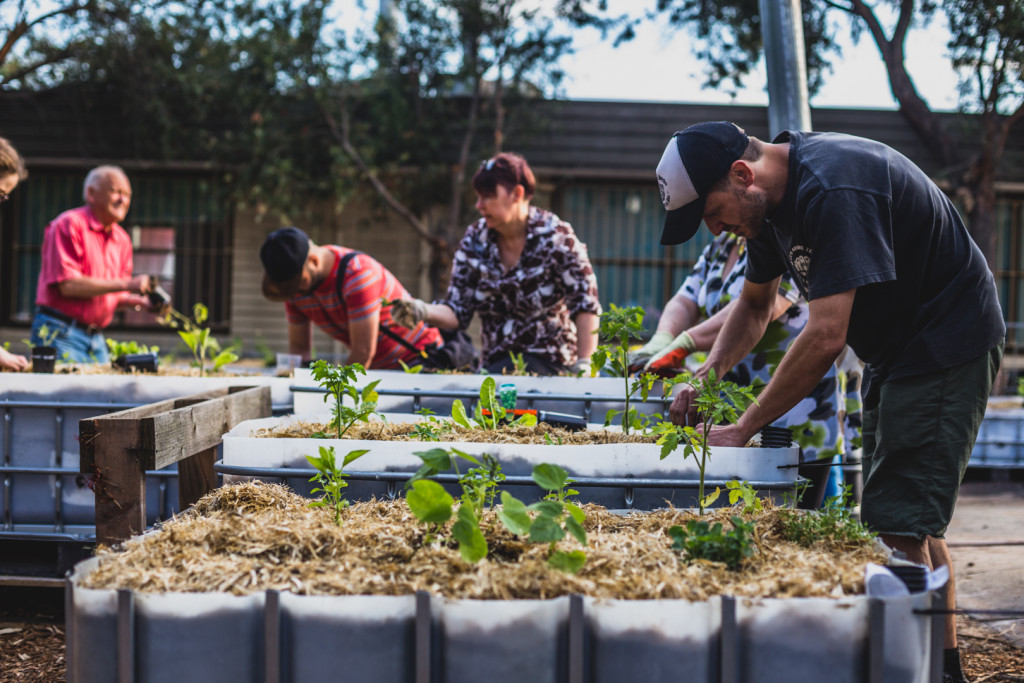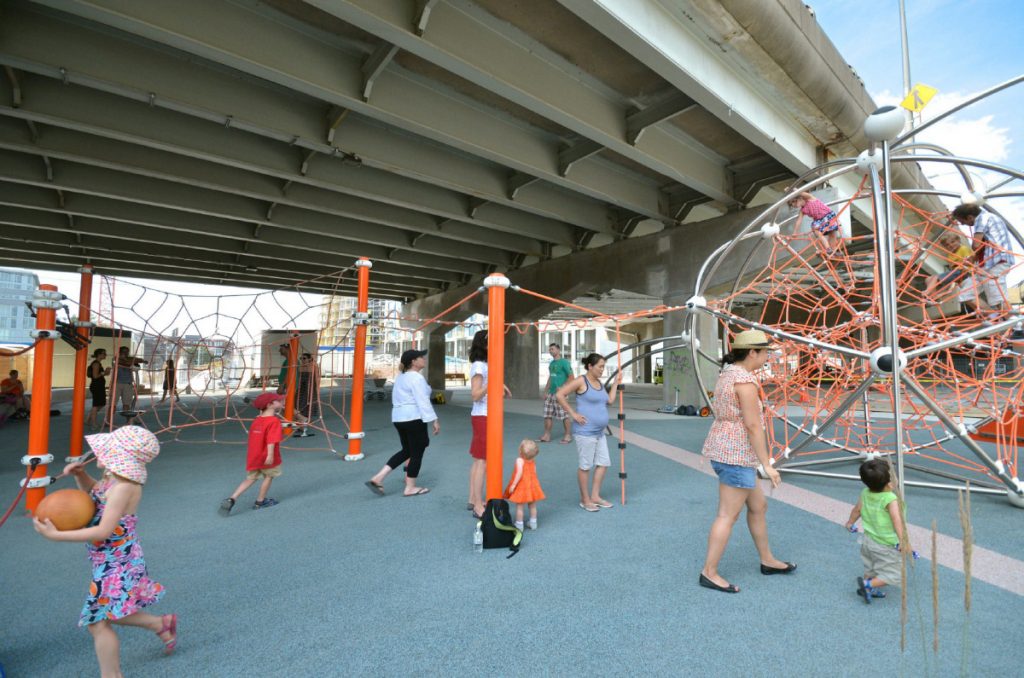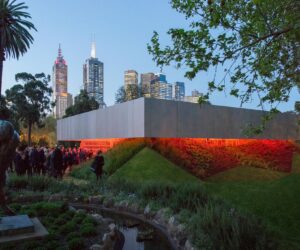Leftunder reinvents leftover land
Take a moment and think of your neighbourhood park. You’ve probably spent many pleasant hours there, and you are surely not alone. Public places like your park provide locals with a venue to connect with each other, host gatherings and celebrations, sports events and markets. Public spaces promote and facilitate the social lives of entire communities.
Last year, the Australian Bureau of Statistics declared that Melbourne is the nation’s fastest growing capital. Managing the city’s growth spurt will require pragmatic infrastructure planning and utilisation of any available space. Meanwhile, the lively nature of our property market encourages us to think laterally to engineer productive community spaces.
As part of the Victorian government’s level crossing removal initiative, the $1.6 billion sky rail project has created 225,000-square-metres of vacant land in Melbourne’s eastern suburbs. In the eyes of conventional developers, this land is useless and awkward. In the eyes of landscape architect Steve Mintern, and architect Simon Robinson, this land is ripe with opportunity. And that’s where their project leftunder comes in.
“The aim of the project is to assist in giving these communities agency over their public space, and to critique development within Melbourne and Australia. What we are interested in is how large scale infrastructure projects such as the elevation of the sky rail can benefit the community in a much broader way than simply removing the level crossings,” Simon explains.
Leftunder functions as a public space community facilitator and a forum for members of the community to voice their ideas and concerns for and about the land that’s left over (or, rather, under) the sky rail project. The leftunder team collects community feedback and passes it on to stakeholders to assist in creating the ideal built environment on these sites. The sky rail development project itself is due to be completed in 2018.
Leftunder have approached over 1,200 community groups and close to half a million local residents seeking their suggestions for the land’s use. Leftunder believes that there’s no one better versed with the particular needs of a community than the people who constitute it. “It is important for the community to have a role in shaping their environment because ultimately, it is theirs,” explains Steve.
Steve says that members of the public have relished the chance to be involved. “People really appreciate the chance to be heard, which had previously been lacking in the way in which the larger development has been undertaken.”
“How can developers be more opportunistic with their designs, with the understanding that (their projects) will be part of the community well past the handover date?” asks Simon. Leftunder is enlisting public support to address this question and challenge the status quo of design. They want to see construction of inventive spaces with enduring longevity and purpose.
Emphasising the project’s collaborative spirit is its website, which is an open invitation to contribute and evaluate ideas. Online users can complete surveys, engage in constructive discussion of proposals and view a comprehensive gallery of site images and maps. Leftunder also has a student ideas forum, introduced in conjunction with a student competition run by the Australian Institute of Architects.
Steve explains that “though we have a such a wide range of creative, site-specific ideas put forward, what a large portion of the community is interested in is what the space can become post construction in 2018.”
The team at leftunder intend to carry on their good work. Steve predicts that “the next step is continuing to take this work to government and decision makers, in order to force the outcomes these communities deserve.”
“This ownership has to be developed over time through the input and activation of the spaces. This is something we hope to explore through a series of pilot projects, which we are in the very early stages of developing,” adds Simon.
As our population increases, it will become more important than ever to bolster expanding neighbourhoods by creating fulfilling shared environments within them. Leftunder is a brilliant exercise in community engagement and adroit land development. Moreover, leftunder hints at an architectural future where no spare land goes to waste, and is harnessed in its entirety to serve the people.
Now that’s something to really look forward to.





